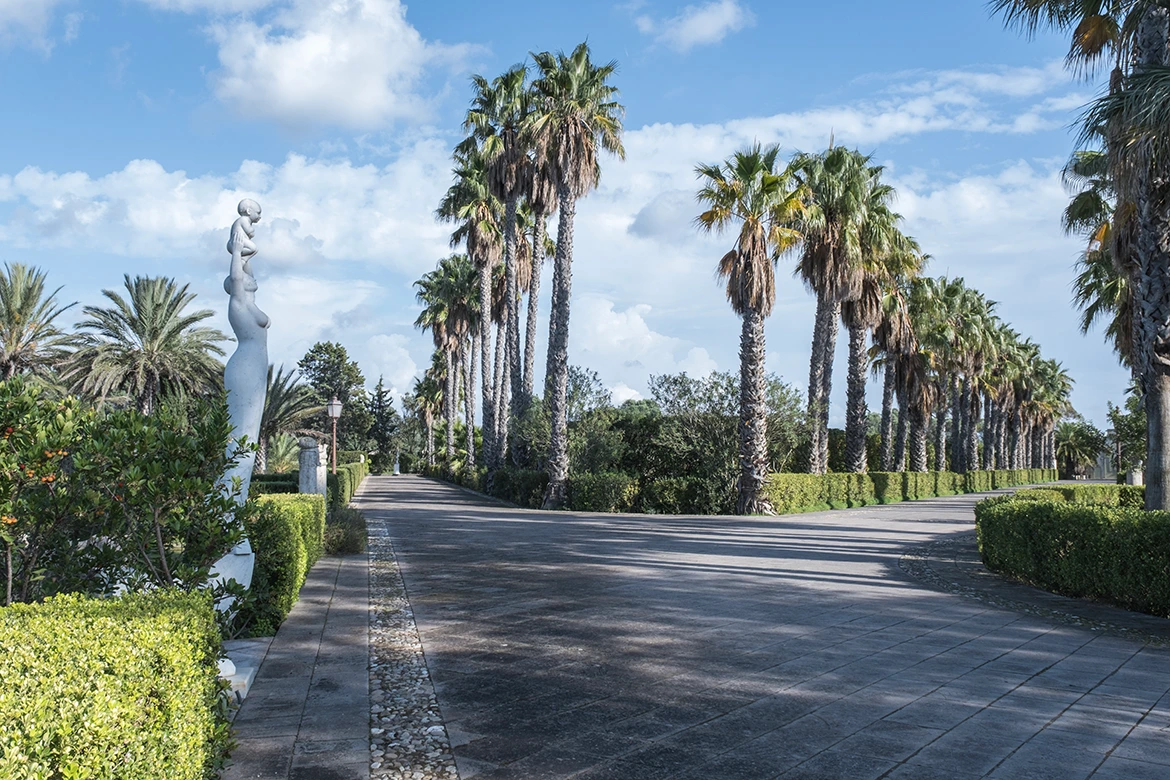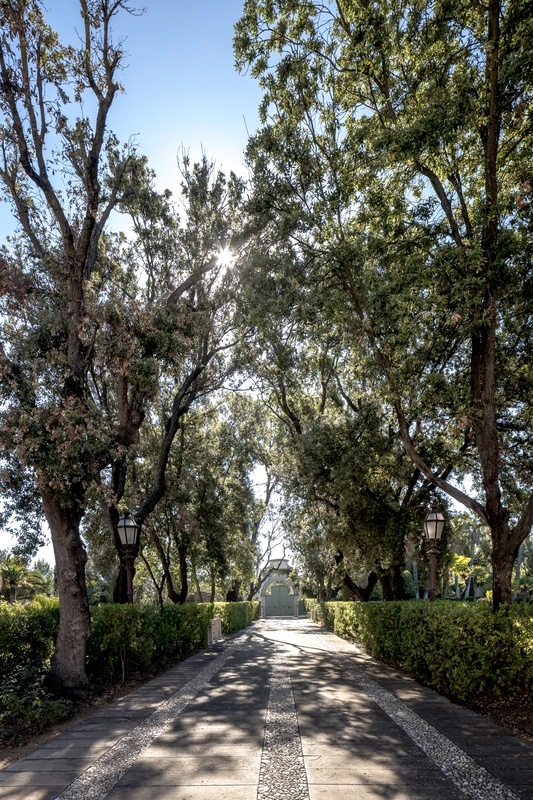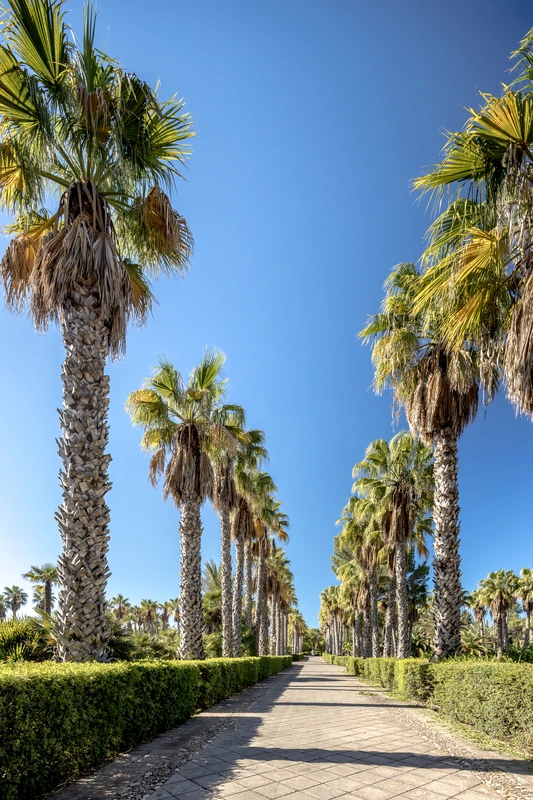THE FUTURE OF THE VILLA ASQUER PARK
Since the estate was purchased by Diana 6 in the late 1970s at the instigation of the Founder Francesco Morelli, the park has been the subject of a far-reaching and sustained redevelopment. From its ruined state, surrounded by a pine forest and neglected fields, it has been transformed into the park we enjoy today. Francesco Morelli devoted forty years of tireless effort into shaping the park in his desire to achieve aesthetics and harmony. His aim was to allow visitors to the estate and the Villa to share in the sentiment and vision behind their creation.

Transforming this space into a spiritual haven was a personal project for Francesco Morelli, founder of the European Institute of Design – a school devoted to the idea of concrete, transformative creativity. This same energy is what enabled him – year after year, decade after decade – to develop and implement his design vision in the Villa Asquer estate. It is a place to be enjoyed with body and soul, which Francesco Morelli intended to be imbued with beauty, to experience the passage of time through the creation of an ever-evolving harmony. Beauty here is transformed into a precious commodity to be shared and passed on in a spirit of giving back to all those who will benefit from it.
After Francesco Morelli passed away, his legacy and philosophy were embraced by the Foundation named after him. The Francesco Morelli Foundation will be able to complete the Villa Asquer project through the continued efforts of Diana 6. It will be shared with anyone who wants to immerse themselves in its atmosphere and experience this unique place.
The essence, the core values
“Over the years when Francesco Morelli oversaw its planing and building, the site became a place whose ultimate goal is to create harmony, generating positive feelings and lifting spirits.”
“Over the years, the priority was always to create a place of beauty rather than following the principles of speculation or economy. ”
“Choosing to incorporate nature into the project made time and continuous care non-negotiable elements.”





